Content from the Brookings Institution India Center is now archived. After seven years of an impactful partnership, as of September 11, 2020, Brookings India is now the Centre for Social and Economic Progress, an independent public policy institution based in India.
This article first appeared in The Hindu. The views are of the author(s).
Asia is in a state of flux. China’s Belt and Road Initiative is reshaping the region’s geography, with roads and railways traversing Eurasia and new ports dotting the Indian Ocean basin. Beijing’s militarisation of the South China Sea continues, despite negotiations towards a code of conduct.
Japan has found itself in an unexpected leadership position, resuscitating the Trans-Pacific Partnership and concluding a trade agreement with the European Union. Tokyo is now contemplating constitutional revisions that would enable it to play a more overt military role.
Amid these unfolding events, another series of developments risks being overshadowed. Japan, South Korea, Taiwan, and Australia have all unveiled strategies to diversify their economic interdependence, away from mainland China and towards Southeast Asia and India.
The motivations appear to be manifold. The most recent is the ongoing trade and tariff war between the U.S. and China. A longer-term concern is Beijing’s use of its economic muscle for political purposes, whether in suspending rare earth metal exports to Japan in 2010 or punishing a major South Korean corporation for Seoul’s decision to install a missile defence system in 2017. China’s limited market growth potential and questions of access and reciprocity are additional considerations.
To this end, Japan’s Free and Open Indo-Pacific strategy is meant to diversify investments to more promising markets in Southeast Asia, India, and Africa. For his part, South Korean President Moon Jae-in has unveiled a New Southern Policy. Mr. Moon said during his visit to New Delhi that while the policy is focussed on Southeast Asia, it also “makes India Korea’s key partner for cooperation”. Similarly, Taiwan, a G20-sized economy whose political status is disputed, has announced a New Southbound Policy with significant accompanying investments in India by Taiwanese electronics manufacturers. Finally, Australia’s government has commissioned an ambitious India Economic Strategy with the goal of making India its third-largest investment destination and export destination by 2035. While not driven by short-term necessities, political concerns are increasingly informing economic preferences.
Politically, therefore, the stars are aligning in Asia for the acceleration of India’s economic growth. Investors, increasingly backed by their governments, are increasingly focussed on the Indian market. But with more protectionist sentiments taking root, a legacy of poorly-negotiated trade deals, a general election around the corner, and uneven economic liberalisation, the likelihood of India taking full advantage of these opportunities remains slim.
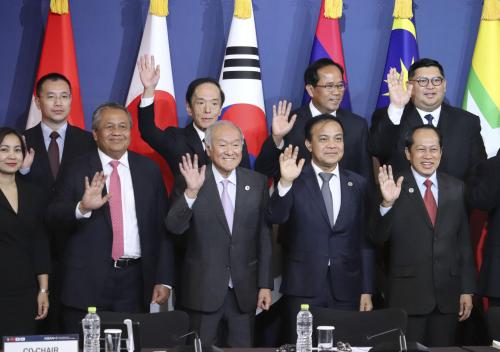
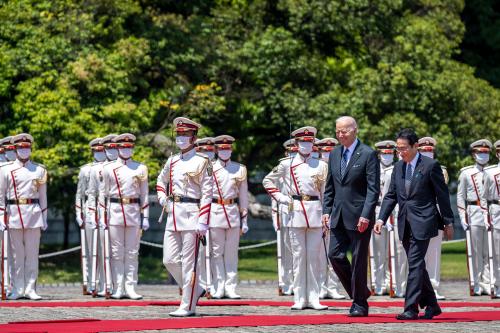
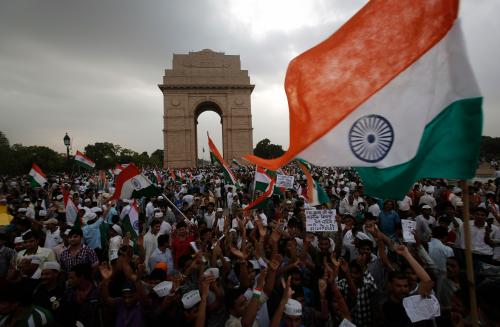

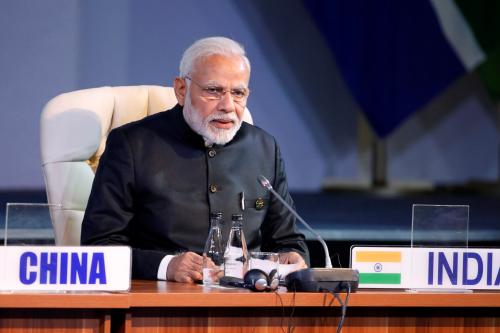
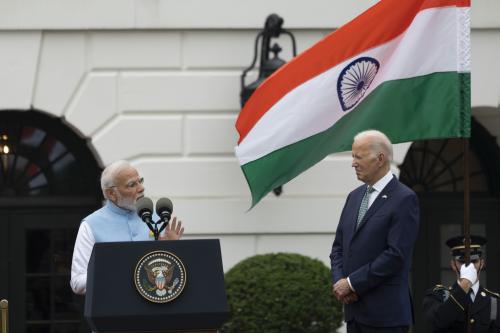

Commentary
Op-edHere’s why Japan, South Korea, Taiwan and Australia are trying to forge closer economic ties with India
October 5, 2018